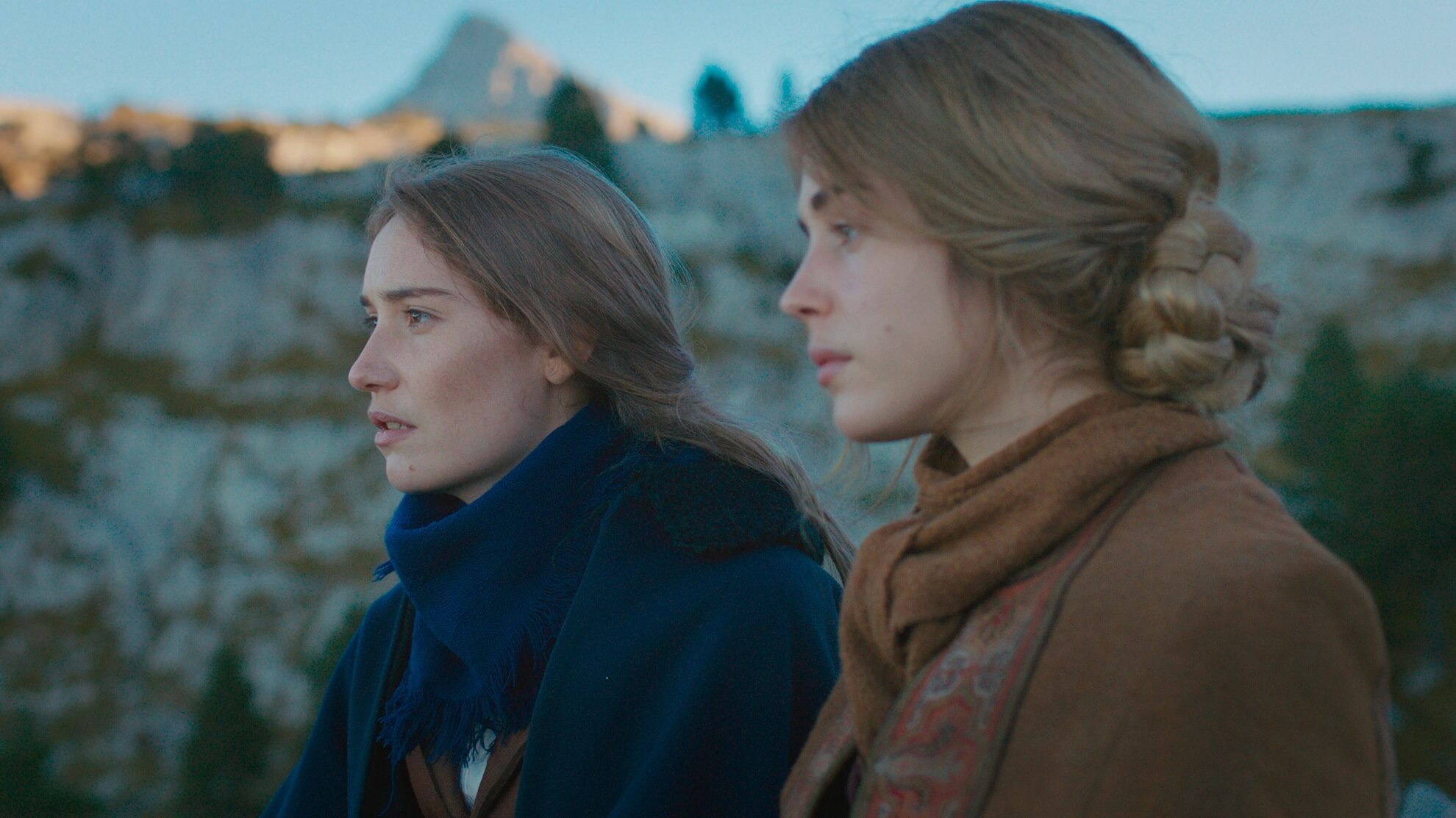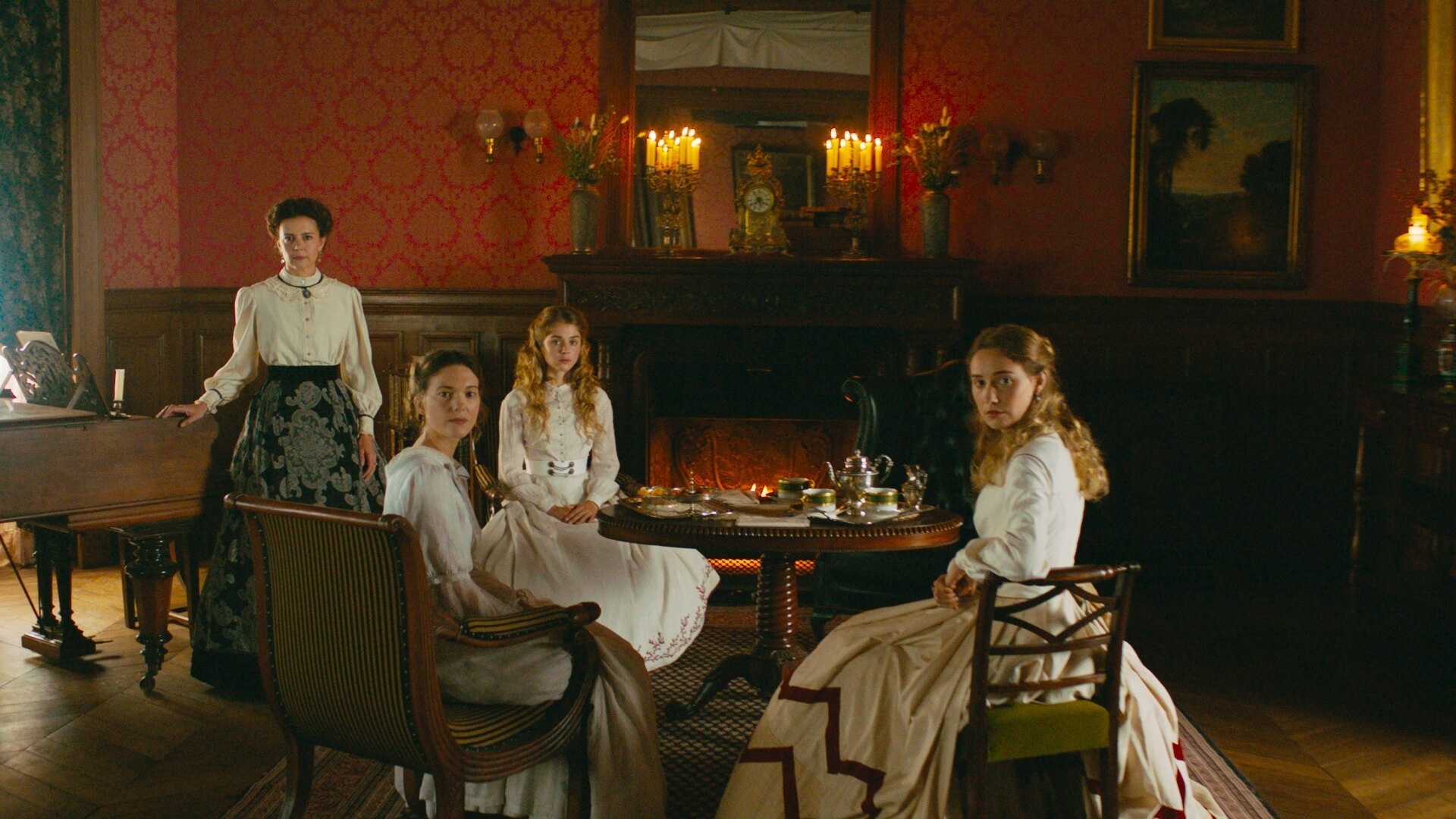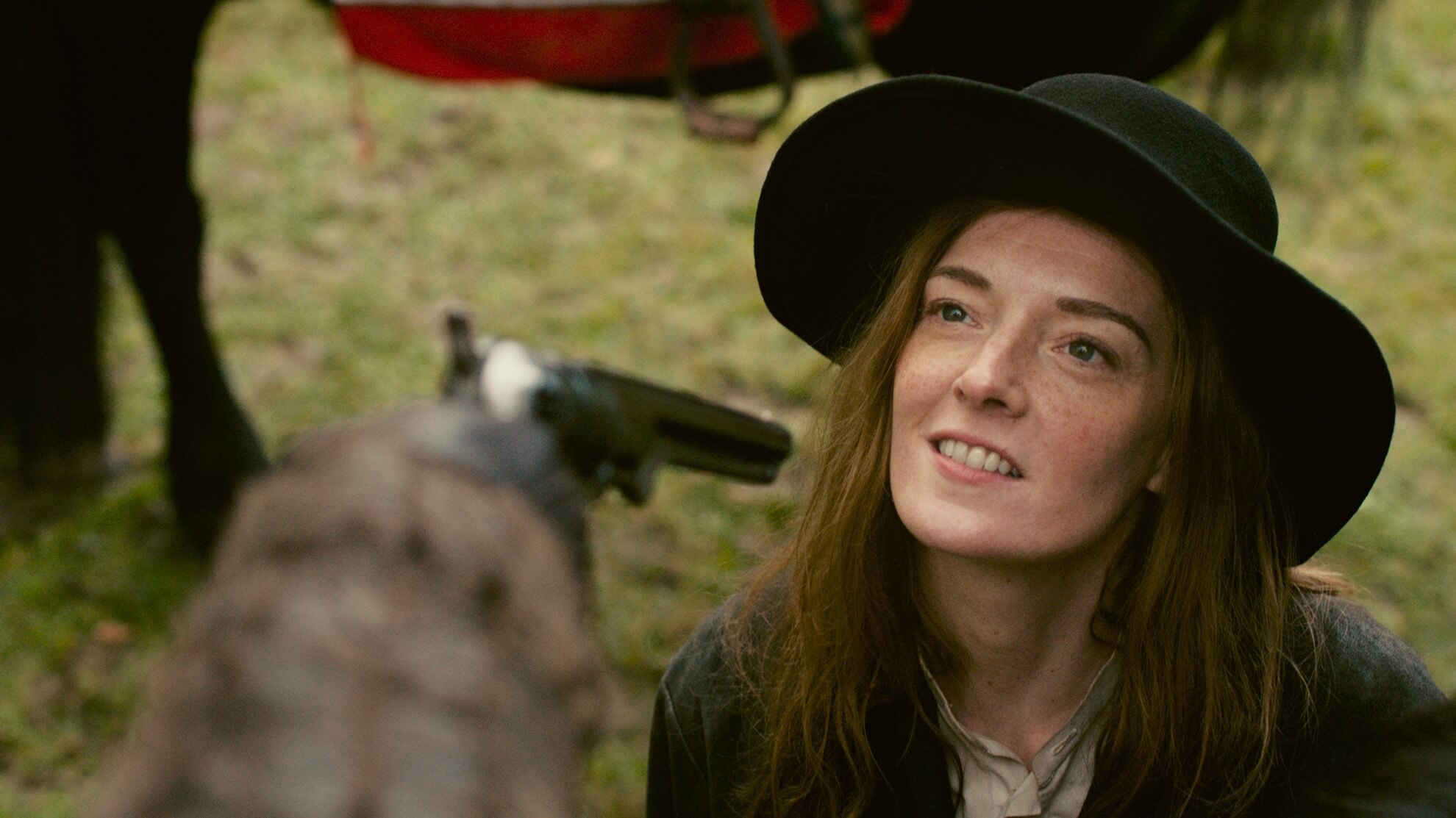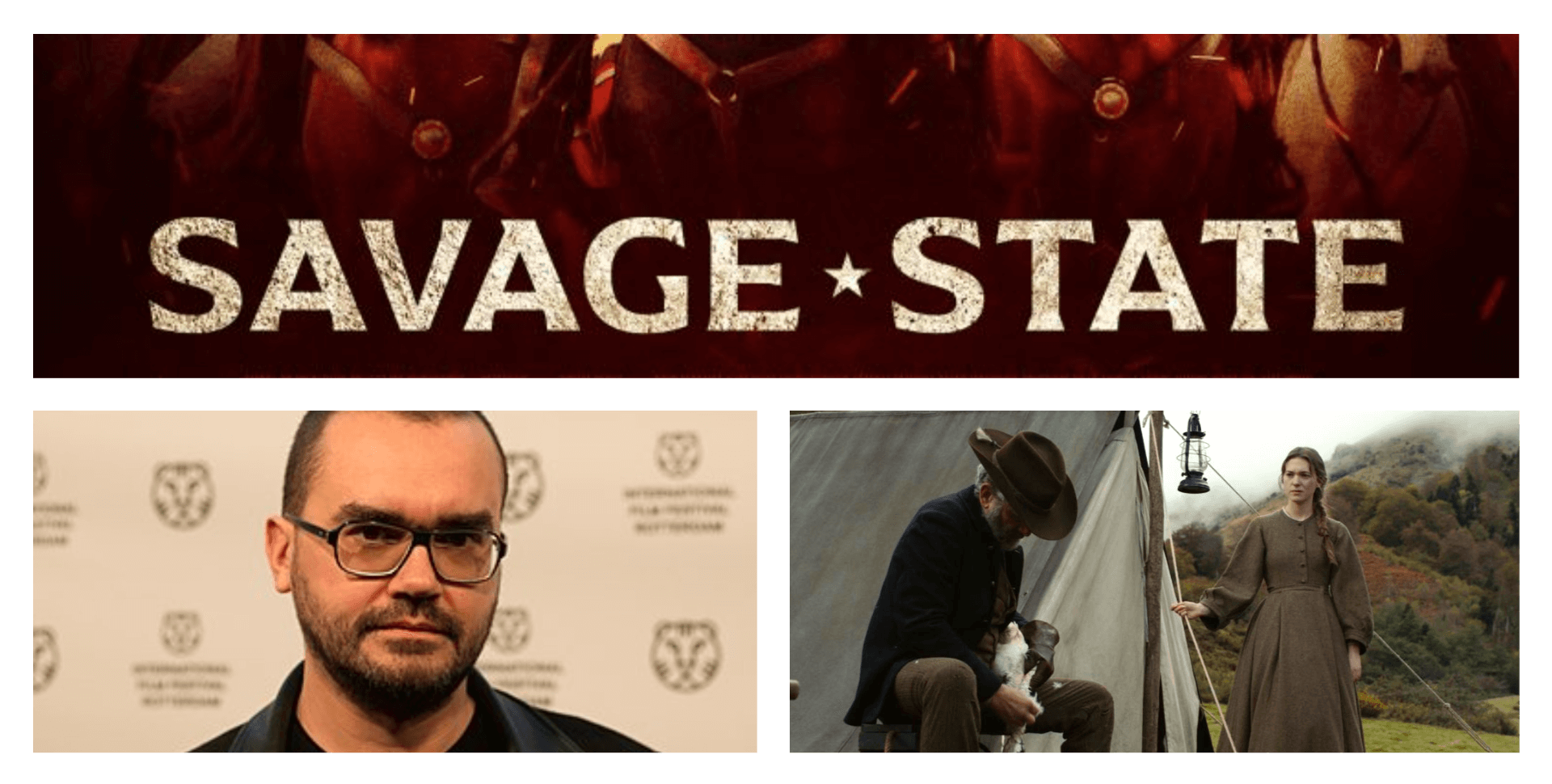Savage State (L'état sauvage) is a western-drama and thriller film, written and directed by David Perrault. It's the story of a family of French colonists as they flee from Missouri's trepid landscape during the American Civil War. Borrowing Tape had the chance to interview David Perrault on the various elements of the filmmaking process for his film, Savage State (2021), which is currently available On Demand and Digital.

Where did the idea for Savage State come from?
My first idea was to stage a group of women in an enclosed space and tear down these walls to propel them into the great outdoors. That's when I thought about the western and approaching it from a European angle. Both in what it would tell (the story of these French settlers) and in terms of style. I love re-appropriating classic Hollywood genres into something that is both personal and modern. My first feature film was a Film Noir, my second a Western, the next one will be Fantasy.
I saw the wonderful original music was composed by Sébastien Perrault. Can I ask, are you two related? If so, what’s it like working with your family in the post-production process?
It is my brother! He is a dancer and choreographer and already composed music for his creations. As we share the same musical tastes and I always dreamed of having music before the shoot, he worked a lot beforehand so that I had as many themes as possible on the set. The music he has composed for Savage State is wonderful and has inspired me enormously.

Where was the film shot, and how long did production take?
France, Spain, and Canada. We shot for 37 days with a weeklong break between Europe and North America.
Christophe Duchange has been the cinematographer on all your projects. How did this working relationship come to be?
It is a friend. For over ten years, before making films, we have seen and shared the same movies, with endless discussions. On the set, we don't need to communicate that much. We are totally connected and share the same cinematographic or pictorial references.
What was your favorite scene to shoot and, why?
The ball scene and the final shootout. I am a very visual and musical filmmaker. I feel comfortable when there is only movement, colors, and sounds. I find here something very primitive, very connected to my unconscious, and I stage everything as in a waking dream.

In period films, costume design is so important. Did you have specific things you wanted characters to wear? Or did you leave that up to costume designer Véronique Gely?
I am very attentive to the costumes, I have an almost fetishistic relationship with that: the colors, the fabrics ... When I started discussing with Véronique Gely, I told her about “Cries and Whispers” by Bergman, I wanted all the sisters to be dressed in white in this dark interior. And when they are found outside; they take on colors; they become more identifiable; they discover themselves intimately, and walk towards freedom.
Which films or directors have influenced you as a filmmaker but also the film, Savage State?
My first cinematographic shocks come from very expressive visually, baroque filmmakers who make films in the material of dreams, not at all realistic: De Palma, Argento, Lynch. A little later, I discovered hundreds of films from the classic golden age of Hollywood. I believe that “Savage State” is a mix of these two great influences.
Do you have any upcoming projects?
Yes, I am in the process of preparing a TV Show about the world of dreams.
Related: Review of Savage State
Watch Savage State via Amazon

